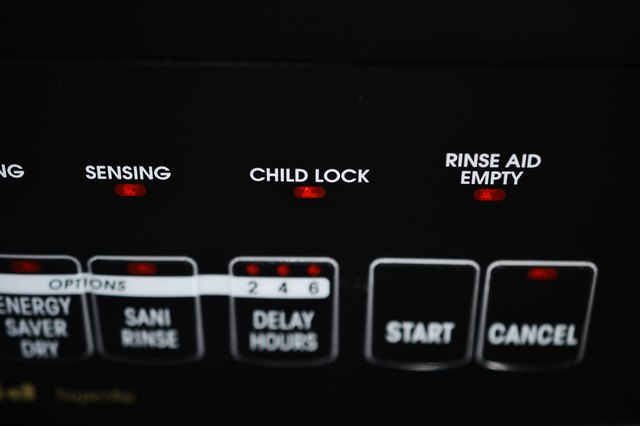Child birth up close
Woman giving birth: Live birth video
Narrator: Samiyyah is the owner of a day spa in Philadelphia. She is 38 weeks pregnant with her second child.
Samiyyah: With the first pregnancy, I delivered in a hospital, and it was very restricting, you know, being confined to the bed, not being able to, you know, move when I felt my body wanted me to do certain things.
Narrator: For her son Safi's birth, she was given pitocin to speed up labor, an epidural for pain management, and an episiotomy (a surgical cut to widen the vaginal opening).
This time, she's planning a natural delivery -- without pain medication and other medical interventions -- at a birth center.
Samiyyah: Yes, I've been told that I am completely crazy for being, you know, for not having the drugs, but I've been there and I didn't like it, so I figured I would try this. It's healthier for the baby; it's healthier for me. So why not? I mean, women, we were designed to do this.
Narrator: Seven days after her due date, Samiyyah's labor kicks into gear. At the birth center in Bryn Mawr, Pennsylvania, Julia Rasch, a licensed nurse/midwife, performs an internal exam and starts an IV line to give Samiyyah a dose of antibiotics, since she's positive for Group B strep.
Samiyyah is 3 centimeters dilated, 100 percent effaced, and her water hasn't broken yet, which is common in the first stage of labor.
Birth centers offer a more relaxed and intimate alternative to hospitals for women expecting uncomplicated births.
It's important to choose a birth center with nearby hospital privileges in case of an emergency.
Helping her through her first natural birth is her husband, Arvan. Her mother-in-law, Irena, and 6-year-old son Safi are there for support.
Samiyyah: We've talked about, you know, what he's gonna see, we've shown him pictures, and I think he'll be okay.
Narrator: As Samiyyah's labor progresses, her baby's heart rate is monitored every 15 minutes.
Samiyyah: My goal is to remain calm and try to stay level-headed.
Narrator: As her contractions pick up, she starts experiencing painful back labor, typically caused by the baby's head pressing against the lower spine.
Samiyyah finds some relief by trying a combination of slow steady breathing, constant deep massaging and counterpressure, spending lots of time in a heated Jacuzzi, and trying different labor positions.
Arvan: She's doing great. She's doing great. She's really pushing through.
Narrator: Her midwife feels it's time to break her water with an amni hook, since she can feel the amniotic sac bulging. This is a common procedure and usually helps speed up the labor process.
Samiyyah: I thought it would be painful, but it wasn't at all. Actually it was like a relief of pressure.
Midwife Julia Rasch: Large amount of clear fluid. Beautiful.
Narrator: Her contractions now intensify as she starts to feel the urge to push. This is called hard labor or transition. The muscles your body uses to contract are transitioning from dilating the cervix to pushing the baby down and out.
Midwife: The intensity of the contractions is increasing, and just a certain force is now really behind that baby coming.
Narrator: Transition can be the most painful part of labor -- but usually the shortest phase.
Narrator: Though most mothers dilate nearly 8 to 10 centimeters before transitioning, Samiyyah is only 5 centimeters dilated and is having trouble resisting the urge to push.
Arvan: Sam, do not push. Fight it. Fight it.
Samiyyah: I'm trying!
Narrator: Her midwife agrees her body is ready to deliver. Pushing before being fully dilated is uncommon. This is why each caregiver has to manage her patient's labor on an individual basis.
Midwife: Okay now, take a breath and do it again.
Narrator: Her midwife uses her fingers to pull back her cervical opening as Samiyyah pushes.
The midwife made the right decision, listening to her body. With just 11 minutes of pushing, Arvan and Samiyyah's baby emerges.
Samiyyah: [screams]
Arvan: Good job! Good job!
Midwife: There's your baby!
Narrator: Sami Sarrajj, a healthy boy, is placed immediately on his mother's chest.
Midwife: You did it! You did it!
Narrator: Dad cuts the umbilical cord, and the midwife collects some of the cord blood for routine testing.
It's not over yet. The midwife helps deliver the placenta, and a nurse presses on the fundus -- the upper part of the uterus -- to check how much the uterus has contracted.
Applying pressure is a common practice used by caregivers to help expel excess blood.
Samiyyah tore along her previous episiotomy line, and her midwife repairs it with stitches, which takes 15 minutes to complete.
Arvan: You did a hell of a job... Yeah!
Narrator: Samiyyah is now breastfeeding and bonding with her baby. Incredibly, in an hour, she is showered up and savoring some well-deserved fettucini Alfredo.
It was a fast delivery, with just four hours and 11 minutes of labor. Samiyyah's natural birth is a success, and she's ready to try it again.
Samiyyah: One more. We're going to try for a girl. (laughs)
Narrator: Everyone played a supportive part on the birth team… Even big brother Safi got to announce the news that his brother was born.
10 Birth Videos That Show Varied Childbirth Experiences
Most people see a childbirth video two times in their life: once during sexual health class in middle school, and another time when they’re a soon-to-be parent. Two very different viewing experiences. While you may have shielded your eyes in naïve embarrassment or horror when you were a mere tween, you most likely have your eyes dutifully glued to the screen if you’re expecting to pop out your own baby in the coming weeks. Either way, birth videos should be required viewing for parents-to-be. And not just a video of the birth you plan to have — whether it’s a C-section, vaginal birth, unmedicated birth, or home birth — but also the one that may unfold if plans need to change, which they often do.
Viewing a string of childbirth videos is certainly not the same as a casual Netflix binge. But doing so will educate you about various procedures that could come into play and help you feel as well-prepared as possible going in to the birth of your baby, so you can be there for your partner.
Live birth videos are unlike most Hollywood depictions or medical explanations of birth. Birth videos keep it real. They offer an uncensored view of what it’s really like to be in the delivery room, as if you’re right there with them. They provide details about who does what during birth, how long it may take from the first contraction to the last push, and some of the complications that may arise. These real childbirth videos offer clarity about, for instance, the role of nurses, doulas, and midwives, how much pain relief a hot bath actually provides, and how long a C-section normally takes. With so many fears centered around the unknown, watching childbirth videos can help parents visualize and prepare for the big day.
We’ve collected some of the best childbirth videos, featuring hospital births, home births, C-section births, vaginal births, natural births, water births, and more. Some feature voiceovers from doctors that walk viewers through the steps of delivery. Others simply show the particulars of a baby being born.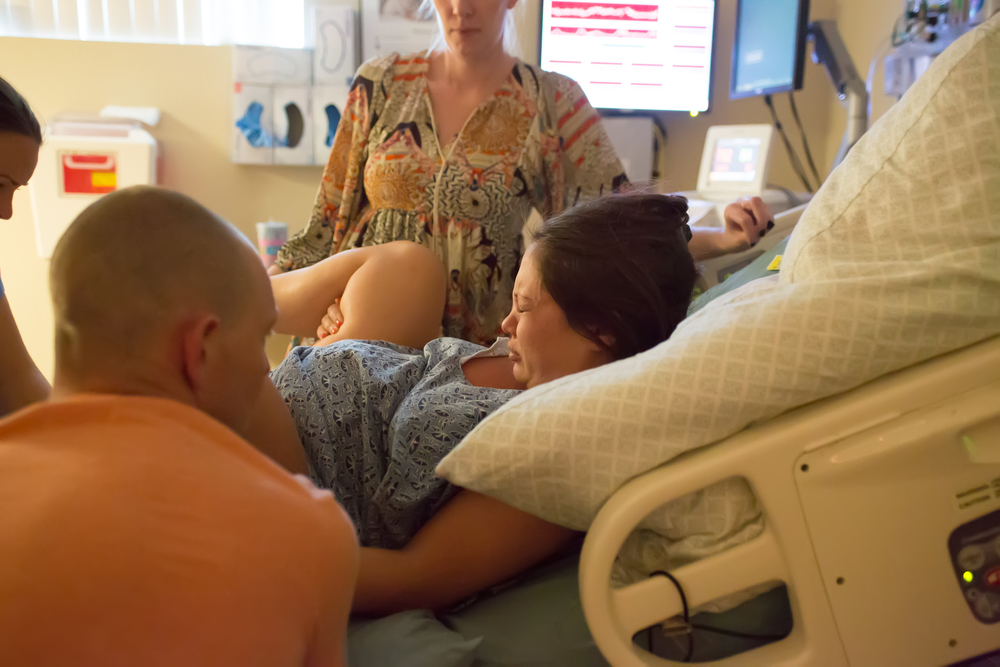 All offer clarity on the subject. Take a look.
All offer clarity on the subject. Take a look.
A Planned Unmedicated Hospital Birth Video
In this live birth video, a mother delivers her third child without an epidural in a hospital, a type of delivery that is relatively uncommon. This childbirth video begins at home, where you see the mother’s labor and track her contractions. It follows her to the hospital, where the entire process from triage to delivery and even recovery are chronicled. The video ends with the doctor explaining all of her decisions.
A Forceps Assisted Vaginal Delivery Birth Video
Forceps can come into play when a vaginal delivery reaches the pushing stage and progress isn’t being made, or the health of parent or baby is in danger. The tong-like instrument helps guide the baby out of the birth canal. This video details the process, showing a first-time mom with long labor who has trouble dilating.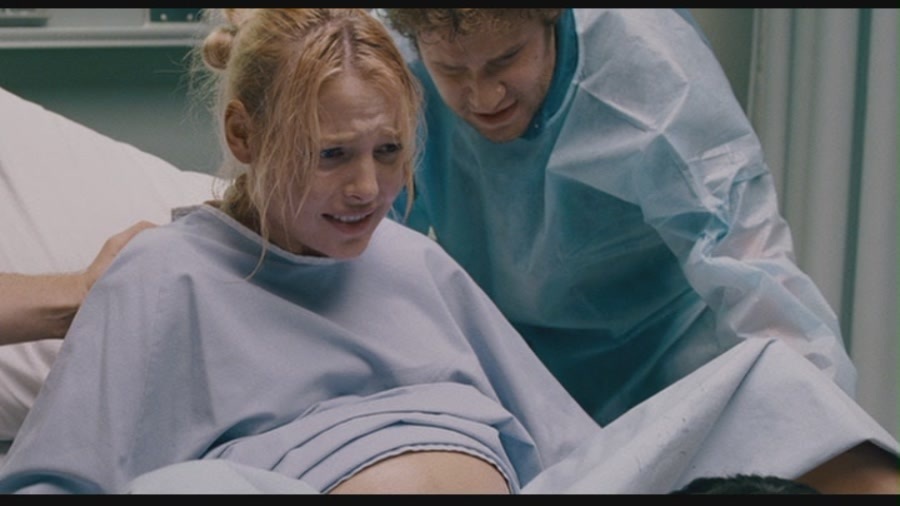 While she’s pushing, the baby’s heart rate drops. Because the baby is in danger, the doctor performs an episiotomy, making a surgical incision in the vagina, and pulls the baby out with forceps.
While she’s pushing, the baby’s heart rate drops. Because the baby is in danger, the doctor performs an episiotomy, making a surgical incision in the vagina, and pulls the baby out with forceps.
An Unmedicated Home Water Birth Video
Although the American College of Obstetricians and Gynecologists says being submerged in water during the early stages of labor might reduce the length of labor, giving birth in water hasn’t been well-researched and should be considered experimental. If you’re thinking about a home water birth, this video — where a mother labors at home with the assistance of a midwife — provides a good idea of its pros and cons.
An Induction Turned C-Section Birth Video
In this video, a mom goes into the hospital to be induced for pregnancy and ends up having a C-section.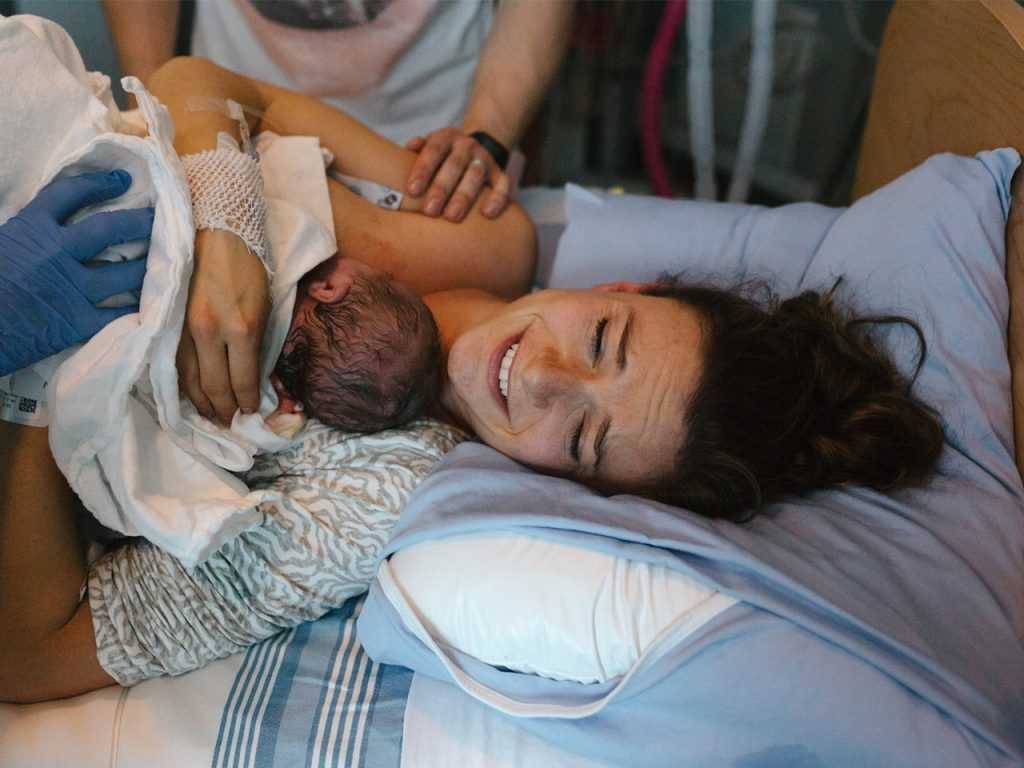 You see the mom receiving Pitocin, the drug that’s used to kickstart labor, then take a break from the Pitocin as the baby’s heart rate drops. Though it wasn’t planned, it wasn’t an emergency C-section, so the atmosphere is relatively calm.
You see the mom receiving Pitocin, the drug that’s used to kickstart labor, then take a break from the Pitocin as the baby’s heart rate drops. Though it wasn’t planned, it wasn’t an emergency C-section, so the atmosphere is relatively calm.
A Medicated Vaginal Hospital Birth Video
In this video, an OBGYN provides medical context to a video of a medicated vaginal hospital birth of a couple’s first child. It’s a great introduction to medicated vaginal hospital birth, as Dr. Danielle Jones explains why those in labor are taken to triage before they’re admitted, why patients have to lean over during an epidural, what practice pushes are for, and why those in labor sometimes throw up. This particular video, in which the first-time labor progressed fairly quickly, shows firsthand what it’s like to wait for dilation when mothers opt for an epidural and aren’t in pain.
A Scheduled C-Section Birth Video
About 30% of babies born in the U.S. are born via C-section. Although sometimes emergency C-sections need to be performed for the immediate health of the baby or pregnant person, it’s not always the case. Some, like this one, are scheduled. And other times, doctors and patients decide a C-section is the best option mid-labor.
An Unplanned, Unmedicated Hospital Birth Video
This is an example of an unmedicated birth in which labor progressed quickly, and mom got to the hospital too late to get an epidural. This can happen if the pregnant person arrives at the hospital fully dilated and ready to push. Because an epidural can take a half-hour to take effect (assuming the anesthesiologist is available immediately), in some cases it’s quicker to give birth than to wait. This video is hard to watch, but it illustrates how fast labor can progress in parents who have given birth before.
A Surrogate Birth Video
For parents who aren’t able to or choose not to get pregnant themselves, surrogates provide an opportunity to have a child that is genetically related to them. Surrogates are hired by parents to get pregnant through insemination or IVF, and they give birth to the baby but do not raise the baby as a parent. In this vaginal birth video, you see a woman laboring and eventually delivering a baby.
A Vaginal Twin Birth Video
Though vaginal births of twins are rare — about 75% of twins born in the U.S. are delivered via C-section — twins can safely be delivered vaginally in some cases. Here, a mom with preeclampsia receives an epidural, the doctor breaks her water, and then she is given oxygen. Mom is soon taken to the delivery room and delivers the first twin with just a few grunts and no screaming, then births the second twin shortly after.
A Vaginal Home Water Birth Video
In this home birth video, a woman completes a water birth after being in labor for 26 hours. The father supports his wife physically and emotionally throughout the process with the help of their doula. The baby gets caught up on the mother’s cervical lip, meaning that when the mom is almost fully dilated, part of the baby is still stuck on a portion of the cervix. To make delivery easier, the baby needs to move out from the cervical lip before the woman begins pushing. Throughout labor, the woman moves in and out of the bath tub, then gives birth in the water, and the father catches the baby.
This article was originally published on
What newborn babies look like in the first minutes, photos of childbirth | 72.ru
This shot was taken a few minutes after the baby was born. The birth took place at home, the father was next to his wife throughout the whole process
The birth took place at home, the father was next to his wife throughout the whole process
Photo: courtesy of Marina Piskulina
Someone prefers to give birth alone and strictly under the supervision of doctors, someone at home next to the closest people, and someone takes her husband or mother with her to the hospital. And only a few decide to give birth under the gun of a camera.
Such photography, says Tyumen photographer Marina Piskulina, is a completely new direction for our city. It is possible to discuss the moral side of such a photo shoot - whether it is good or bad - for a very long time. But a fact is a fact: these are very frank and heartbreaking pictures. They evoke their own emotions in everyone: from tenderness to shudder.
Today, together with Marina Piskulina, we are showing you photos of the birth of two babies.
This mother decided from the very beginning that she would give birth at home. Next to her at that moment were a doctor, husband and eldest son
Next to her at that moment were a doctor, husband and eldest son
Share
Filming took place last summer. Today, this baby is almost half a year old
Share
According to the photographer, the umbilical cord was not cut for the newborn child (it fell off by itself after five days): “He was not blue-violet, as I saw babies in our maternity hospitals. An ordinary pink baby was born immediately, and it is impossible to forget. Nobody took him, didn’t pull him, didn’t weigh him, didn’t examine him, didn’t climb into his nose and mouth, didn’t shine devices in his eyes ... He was just born and from birth was on his mother ”
Share
The older child from the first minutes began to reach out to the newborn baby
Share
Dad immediately took his son in his arms
Share
Another shooting of partner births took place last winter. The girl gave birth to a baby in the walls of the Tyumen perinatal center.
The baby has just been born
Share
All mom's emotions are on her face.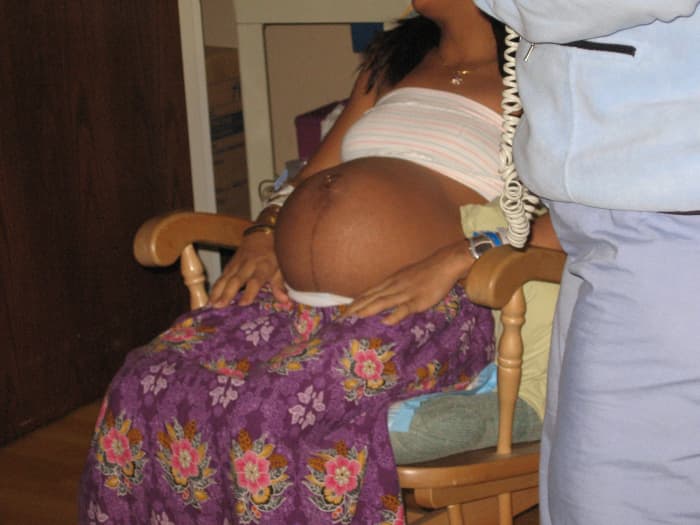 Tiredness from childbirth is closely intertwined with the joy of touching the long-awaited baby
Tiredness from childbirth is closely intertwined with the joy of touching the long-awaited baby
Share
In the perinatal center, just like at home, after the birth of a child, they immediately put it on the mother's chest
Share
This baby is already a year old. A little more, and he himself will see this unusual photo session, capturing the first minutes of his life. And he can be understood: after all, he was inside his mother for nine months, without contact with the outside world
Share
How do you feel after viewing these photos? Would you like to take on such a shoot? Write in the comments - let's discuss.
As a rule, not all men agree to partner births. The 72.RU journalist found three dads who were next to their wives from the beginning to the end of the birth of a child. They cut the baby's umbilical cord. Men honestly and frankly spoke about how they felt at the time of the birth of the baby.
Last year we told you the stories of three women from Tyumen who decided to give birth at home. In one of them, the delivery room was replaced by an inflatable pool, the second did not know the sex of the child until the last, and the third had to persuade her husband for a long time.
In one of them, the delivery room was replaced by an inflatable pool, the second did not know the sex of the child until the last, and the third had to persuade her husband for a long time.
On World Children's Day, we looked into the albums of Tyumen photographers who specialize in shooting newborns and chose the most touching pictures. Most of these babies are only a few weeks old. They still cannot talk and walk, but they already create a warm atmosphere around themselves and their loved ones. Just look at the pictures of newborns, from which the heart really stops.
Related
- This year, the oldest woman in labor was a 50-year-old woman from Tyumen
- A woman in Tyumen gave birth at the age of 51
- The first cry and obstetricians in anti-plague suits — 11 shots from maternity hospitals, from which goosebumps
- No longer children: how many Tyumen women under 18 became mothers for the first time this year
- “Where did I go? Why does she scream like that?”: the stories of three dads from Tyumen who were present at the birth
- Babies in the first months of life: 30 heart-stopping shots0075
- The stories of three Tyumenok who gave birth to
Maria Tokmakova
Journalist 72.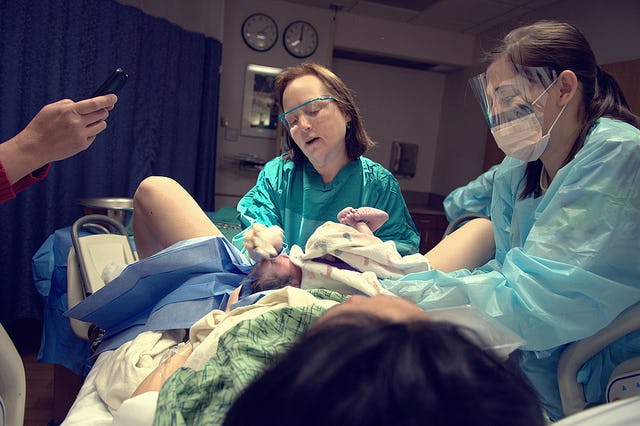 ru
ru
Home and partnerships of the child
- Like23
- Surprising11
- 9007 UNIVERSED17 UNIVER Select a fragment and press Ctrl+Enter
COMMENTS54
Read all comments
registration
What can I do if I log in?
COMMENT RULES
0 / 1400This site is protected by reCAPTCHA and Google. The Privacy Policy and Terms of Use apply.
Mass media news2
Mass media news2
Shooting plans Woman in labor Woman, childbirth, close-up, woman in labor, maternity hospital
Woman giving birth
Similar shooting plans
HD 00:31
A man shows his hands and takes off his gloves Worker, gloves, hands, fingers, close-up
4K 00:13
Man draws a line with a pencil on paper Paper, line, pencil, hand, close-up
4K 00:08
Man draws a line with a pencil on paper Paper, line, pencil, hand, close-up
4K 00:07
Man draws a line with a pencil on paper Paper, line, pencil, hand, close-up
4K 00:15
Man draws a line with a pencil on paper Paper, line, pencil, hand, close-up
HD 00:27
The bartender collects ice from a glass.
Pieces of ice Close-up Arms Cup
4K 00:25
Woman typing on a laptop, close-up hands Laptop, keyboard, female hands, fingers...
HD 00:10
Woman typing on a laptop, close-up hands
HD 00:30
A man plays a folk wind instrument, a woman dances, a close-up of the Urals, Salavat...
HD 00:10
Sky in clouds Nature. Overall plan. clouds Clouds Sunny Blue sky Close-up Day
Similar Newsreel
Maintaining a normal birth. 1986
newborn.
Weighing a newborn. Examination of women in labor after childbirth .
The child is born 1989
A pregnant woman stands at the window in maternity hospital and looks out into the street. Doctors are walking down the corridor. View from the window maternity hospital . Medical
Oh thank you doctor. 1990
Chamber maternity hospital, woman taken away - commonly. Corridor of the maternity hospital , doctors are passing by, a woman on a stretcher in the corridor
Introduction 1974
newborns. Woman is breastfeeding her baby. Doctor talking to a upset woman woman . The doctor is standing by
Leningrad Newsreel No. 19 "Tribuna - 88" 1988
newborn babies. Doctors attend deliveries . woman enters maternity hospital with a bouquet. Sister carrying a newborn
Rush hour 01/09/1997 1997
ordinary maternity hospital ? 3.
Today, unfortunately, many patients are forced to purchase medicines for childbirth . 4.Basic
For the child to be healthy 1989
A pregnant woman and her husband are sitting on the couch looking at books. Large - book "I'm expecting a baby". Large - watch
earth close up 1977
Land close-up plan
Lebedev close-up 1977
Lebedev close-up plan
Learn more
- How do i stop my child from having nightmares

- How to get custody of your child in michigan

- Baby average body temperature

- Fasting early pregnancy

- Pregnant muscle women

- How to get child tested for learning disability
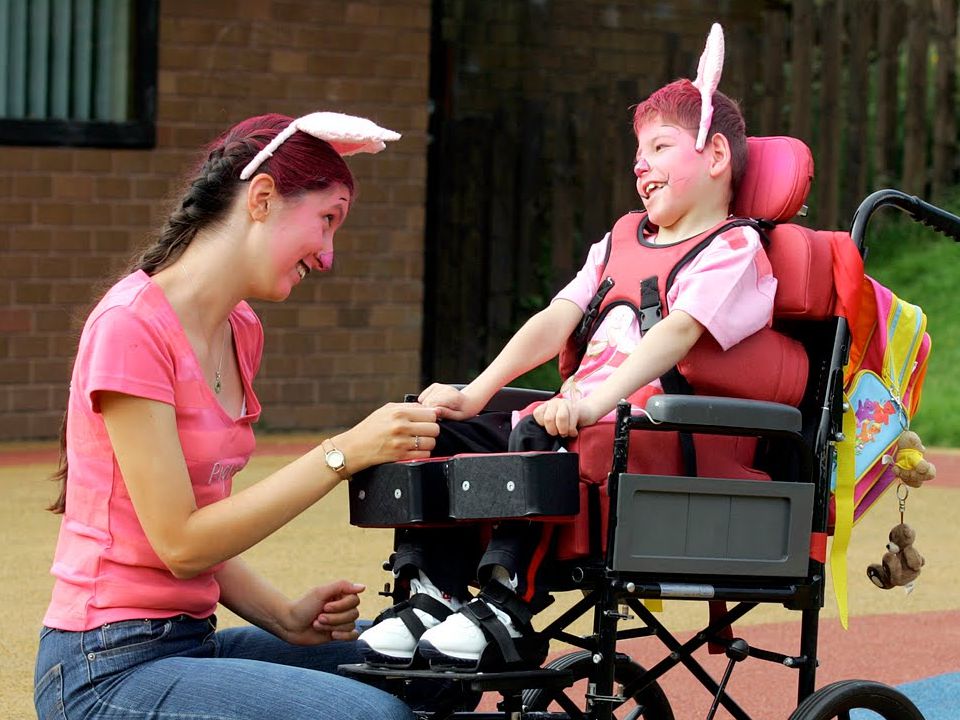
- How to communicate with child

- How to get child tested for learning disability

- How to communicate with child

- How to get rid of child urine smell in carpet

- How to turn off child lock on bosch dishwasher
